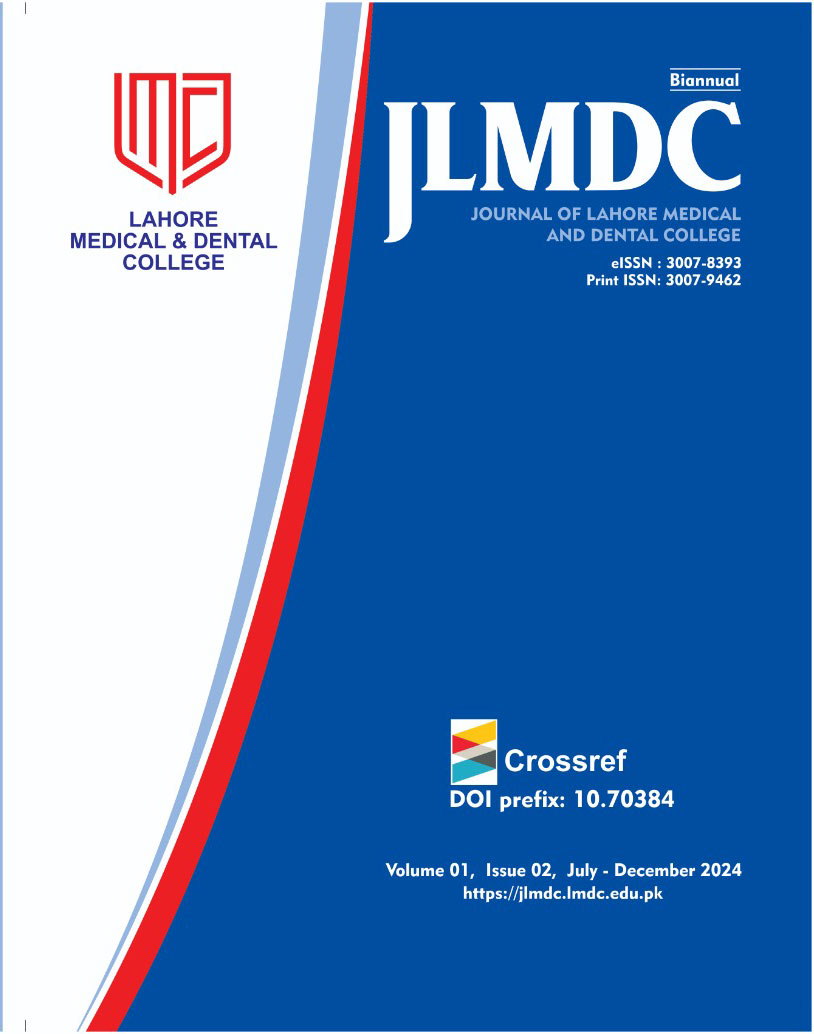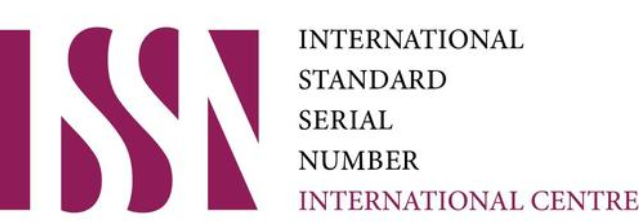Comparison of Left Ventricular Hypertrophy Regression on Echocardiography in Hypertensive Patients with and without Diabetes Mellitus Treated with a Candesartan Based Regimen
DOI:
https://doi.org/10.70384/jlmdc.v1i02.59Keywords:
Hypertension, Diabetes Mellitus, Echocardiography, Left Ventricular HypertrophyAbstract
Background: Hypertension is 2-3 times more common in type 2 diabetes (T2DM) patients than in nondiabetics. For hypertensive diabetics, maintaining blood pressure below 130/80 mm Hg is crucial to reduce
LVH risk. Angiotensin receptor blockers are particularly effective, as antihypertensive drugs differ in their
ability to reverse LVH.
Objective: To compare the regression of Left Ventricular Hypertrophy (LVH) on echocardiography in
hypertensive patients with and without diabetes mellitus using Candesartan based regimen.
Methods: The study was conducted at Mayo Hospital, Lahore. Non-probability convenience sampling
technique was used to collect data of 45 hypertensive patients with diabetes and 45 hypertensive patients
without diabetes. Blood pressure was measured at baseline and during all follow ups by the researcher
himself. The patients received candesartan-based treatment for six months. Patients were treated with an
initial dose of 8 mg Candesartan once a day. Left ventricular mass index was calculated by echocardiography
and follow ups were done on the 1st, 3rd and 6th months.
Results: The average age of patients was 52.81 years (range: 35–65). There were 40 men (44.44%) and 50
women (55.56%). Based on BMI, 33.33% had normal weight, 42.22% were overweight, and 24.44% were
obese. After six months, LVH regression was observed in 57.8% of diabetic patients and 35.6% of nondiabetic patients, showing significantly better outcomes in the diabetic group (p < 0.05).
Conclusion: This study concludes that a candesartan-based regimen effectively regresses left ventricular
hypertrophy in diabetic hypertensive patients, highlighting the importance of tailored treatment strategies to
optimize cardiovascular outcomes.
Downloads
Published
How to Cite
Issue
Section
License
Copyright (c) 2024 JOURNAL OF LAHORE MEDICAL AND DENTAL COLLEGE

This work is licensed under a Creative Commons Attribution 4.0 International License.









